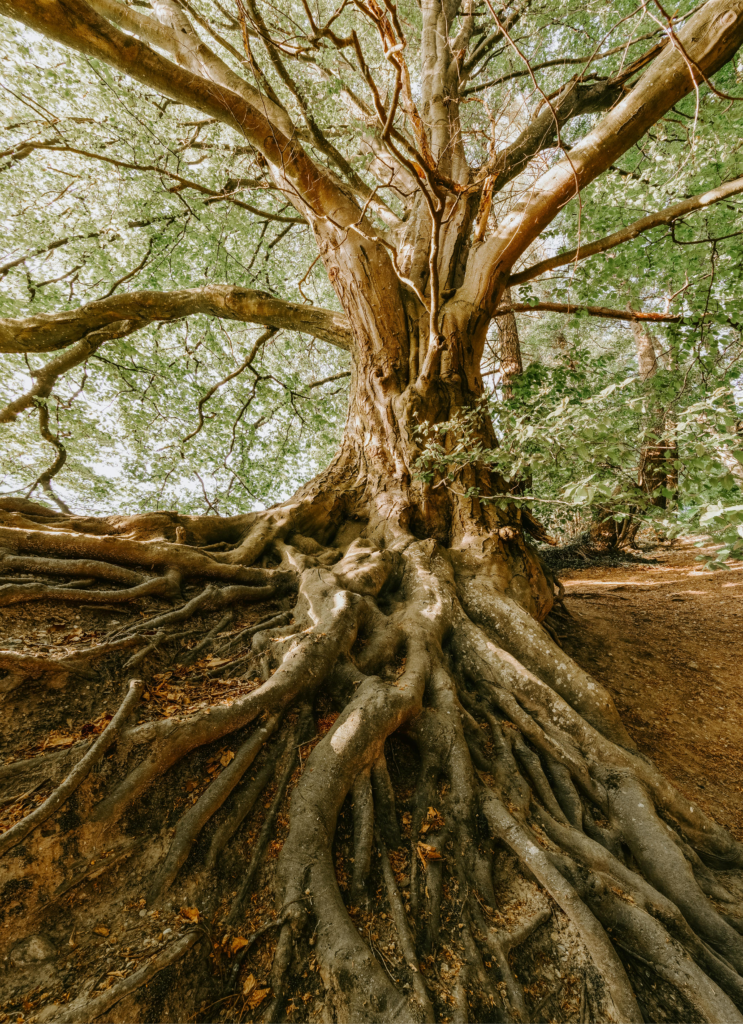
26 October, 2024;A groundbreaking discovery on the Falkland Islands has revealed that these windswept islands, known today for their barren landscape, were once home to a lush, temperate rainforest. Buried approximately 20 feet underground, scientists have uncovered tree fossils dating back an astonishing 30 million years. This discovery not only challenges our perceptions of the Falklands’ natural history but also offers insight into the ancient climate that shaped its ecosystem.
Unearthing Ancient Forests
The Falkland Islands, nestled in the South Atlantic Ocean, have a rocky, treeless terrain that belies their ancient past. However, researchers recently stumbled upon well-preserved tree trunks encased beneath layers of sediment. These trees, remarkably well-preserved, provide a unique glimpse into a world long gone. The find, which includes various species likely adapted to a moist, temperate environment, suggests that the islands were once covered in dense forests.
Scientists faced significant challenges in dating these fossils. Radiometric dating techniques are typically used to estimate the age of ancient biological material, but the specific conditions in the Falklands made this process more complex. Through careful analysis of the fossils’ mineral content and nearby volcanic ash deposits, researchers were able to confirm the trees’ incredible 30-million-year age, placing them in the Oligocene epoch. During this time, global temperatures were warmer, and conditions were favorable for the growth of forests in regions like the Falklands.
Clues about the Climate of the Past
These tree fossils tell a fascinating story about the climate of the ancient Falkland Islands. Around 30 million years ago, the global climate was generally warmer than it is today, though it was slowly cooling. During the Oligocene epoch, the Falklands likely had a climate akin to the present-day temperate rainforests of South America or New Zealand. Such forests are characterized by high humidity, moderate to high rainfall, and temperatures that vary only slightly throughout the year.
The tree fossils show distinct growth rings, indicating seasonal changes and a steady, temperate climate. Analysis of the wood suggests a diversity of plant life, likely including a mix of hardwoods and softwoods typical of forest ecosystems adapted to wet, temperate environments. This discovery is significant because it suggests that the Falkland Islands had a climate far removed from the cold, dry conditions seen today.
Why Trees No Longer Grow in the Falklands
Given the Falklands’ verdant history, one may wonder why the islands are now largely treeless. The answer lies in a combination of climatic changes and human influence. As the Earth’s climate cooled over millions of years, the Falklands’ forests gradually disappeared. The islands’ location in the cold South Atlantic further limited the possibility of regrowth as ocean currents brought cooler, drier air. Additionally, strong winds sweep across the islands year-round, which makes it difficult for trees to establish themselves.
In recent centuries, human activity has also shaped the islands’ landscape. The introduction of grazing animals and the cutting of shrubs and small trees by settlers contributed to the erosion of the soil, making it harder for any potential forest regrowth.
Significance of the Discovery
The discovery of 30-million-year-old tree fossils in the Falkland Islands provides a valuable window into Earth’s climatic history and how ecosystems adapt and evolve over time. It underscores the impact of global climatic shifts on local environments, as well as the influence of human activities on landscapes.
In a world where climate change is a pressing concern, this discovery is a reminder of how dramatically our planet’s climate and ecosystems have changed in the past—and how they may continue to change in the future. By understanding the past, scientists hope to gain valuable insights into the complex interactions between climate and biodiversity, ultimately helping us better anticipate the changes yet to come.


